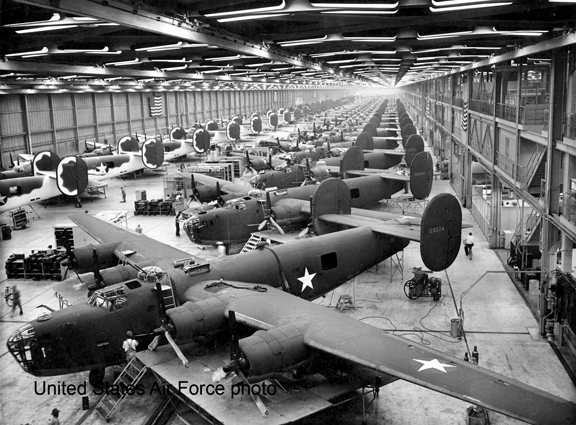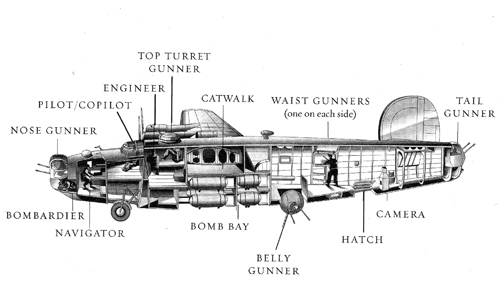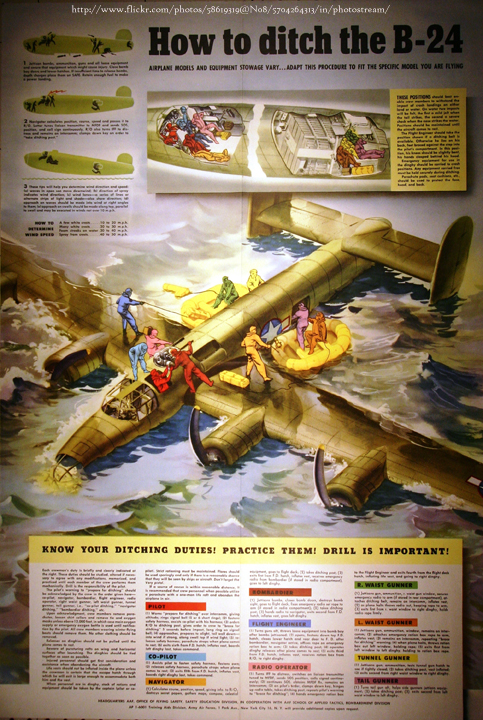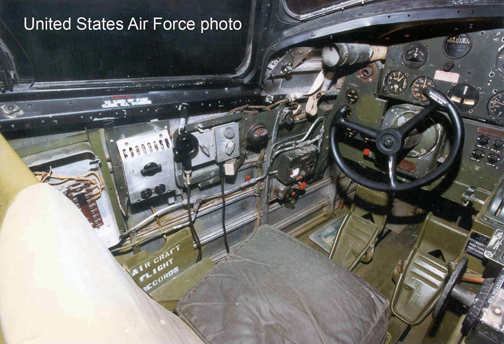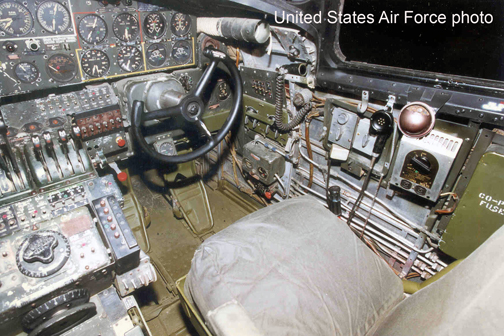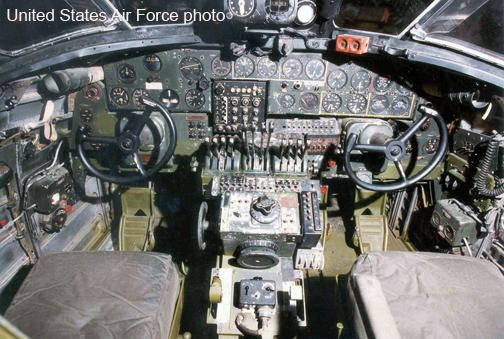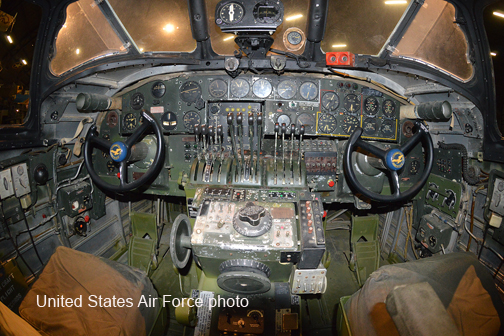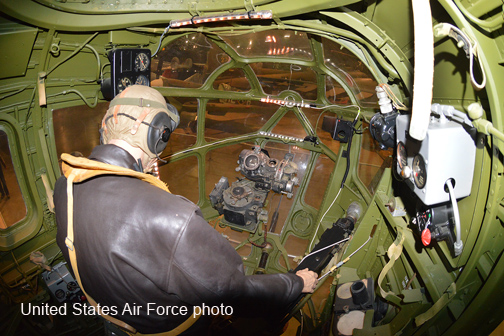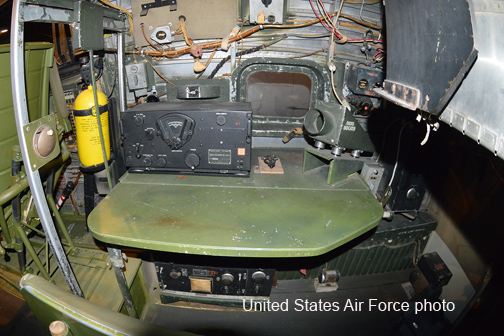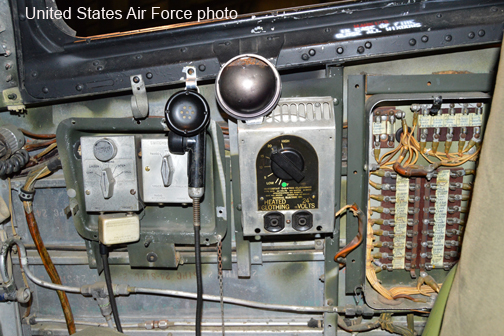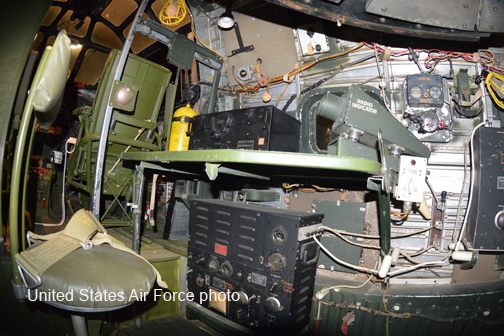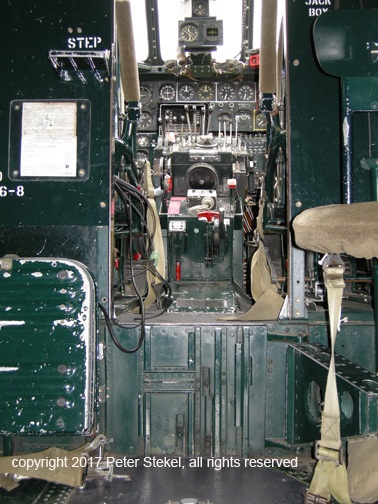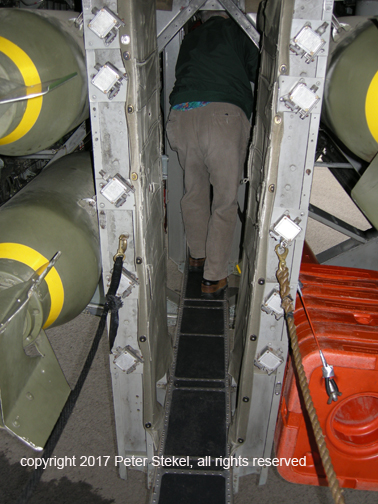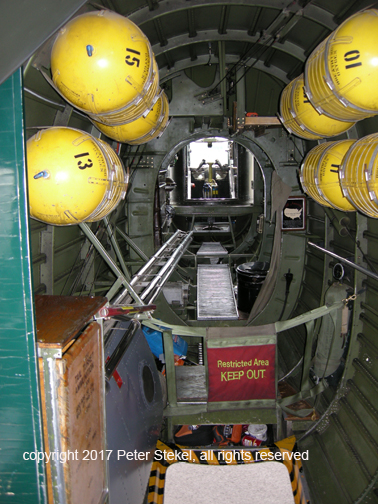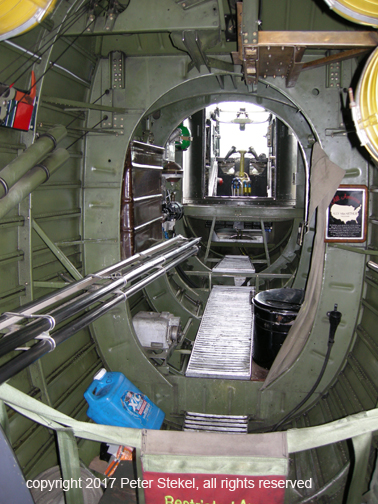|
|
|
"Peter Stekel has written a fascinating and highly-readable account of two military training accidents that but for his and the efforts of others profiled in his book, might have fallen into obscurity. Any disaster takes place at the intersection of multiple paths, each one of which has contributed. Beneath Haunted Waters is a highly-readable tour down these side roads that lead us to new ways of thinking about history, warfare, aviation, journalism and civics in mid-20th Century America." Christine Negroni, author of The Crash Detectives Investigating the World’s Most Mysterious Air Disasters. |
|
The B-24 Liberator |
|
B-24s being assembled at the Ford Motor Company plant in Willow Run, MI. By the end of the war, Ford was able to assemble one B-24 in less than an hour.
B-24 crew stations
How to ditch a B-24. Most crews had no training in ditching a Liberator until they got into combat. Notice the bent propeller blades. This indicates that the propellers were turning when the airplane in this illustration landed in the water. Despite it's outward appearance of being a large airplane the B-24 was small and cramped inside. A ten man crew was required on combat missions (pilot, co-pilot, navigator, bombardier, radio operator, and four gunners. During combat the navigator and radio operator also manned the guns and, after bomb's away, so too did the bombardier).
Pilot's position
Co-pilot's position
B-24 cockpit. The complexity of the Liberator cockpit demanded teamwork between the pilot, co-pilot, and flight navigator. In a pinch the B-24 could be flown by one person but, especially on take-off and landing, all three crew were required.
Bombardier position
Radioman position
Navigator position. Co-pilot's seat is seen to the left.
View from the bomb bay to the cockpit. Notice that most cockpit instruments are visible
A narrow catwalk through the bomb bay separated the flight deck from the aft section of the B-24 where the gunners were located.
This photo and the one below show a view from the bomb bay towards the rear gunner. The yellow canisters held oxygen for the crew to breathe once the aircraft rose above 10,000 feet (pilots) or 12,000 feet (other crew).
|
| | Home | The Crews | B-24 Liberator | Media | Links | Images| |
| | The Author | Books by Peter Stekel | Press Packet | Contact | |
| |Extended end notes from Beneath Haunted Waters| |
|
|
|
copyright 2017 by Peter Stekel - all rights reserved |

